Eating the rainbow is an admirable aspiration in terms of diversity of vegetables. Each colour represents a class of plant pigments, or polyphenols, which convey different health benefits. While the full spectrum of colour is important when it comes to plant foods, purple veg is having a bit of a moment. But do purple vegetables really offer more nutritional benefits than their conventionally coloured counterparts?
Does purple signal more polyphenols?
Purple vegetables owe their striking hue to anthocyanins, a group of deep red, purple and blue pigments found in plants. They are part of a category of polyphenols called flavonoids. Plants produce them to help protect against infection, UV radiation and environmental stress during growth, but they offer us benefits when we eat them too. Research has linked anthocyanins to a wide variety of health benefits. Showing that anthocyanins may help lower blood pressure, improve cognitive function, promote healthy aging and support cardiovascular health. This is primarily due to their antioxidant and anti-inflammatory properties.
Is purple veg just a fad?
Many vegetables are naturally purple, like beetroot, radicchio or red cabbage. While others have been selectively bred for their vibrancy relatively recently, like the purple cauliflower, which was introduced in the late twentieth century. But some purple produce we might consider as new or trendy, have much deeper historical roots.
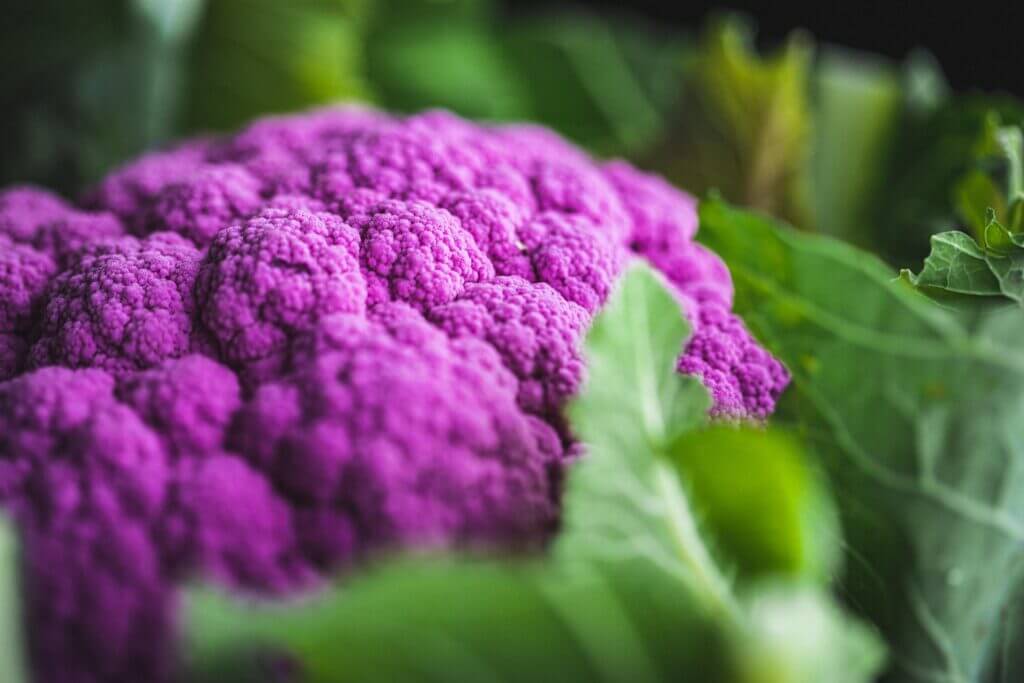
While most of us think of an orange carrot as standard, the first cultivated carrots were purple and yellow. Carrots were domesticated in Afghanistan and spread to the eastern Mediterranean about a thousand years ago. The orange carrot is thought to have originated in the Netherlands in the sixteenth century, where varietals were hybridised to produce the orange carrots we think of as the norm today.
Compared to orange carrots, purple carrots have been found to contain twice the amount of alpha and beta-carotene, the precursor to vitamin A, an important nutrient that supports immune function and is essential for eye health. As well the anthocyanins that give the purple carrot it’s distinctive colour.
Purple sweet potatoes have recently attracted attention for promoting longevity, after a documentary, ‘Live to 100: Secrets of the Blue Zones,’ celebrated the Okinawan purple sweet potato as a key ingredient in the Okinawan diet. This diet is credited as a key reason the area boasts one of the highest life expectancies in the world. The longevity supporting benefits of the purple sweet potato are particularly attributed to it’s antioxidant capacity, alongside the micronutrient and fibre content.
It also seems that purple potatoes have a slightly lesser impact on blood sugar levels due to their high concentration of polyphenols, a category of health supporting plant compounds which include anthocyanins. A study found that purple potatoes have a glycaemic index (a measure of a foods impact on blood glucose) of 77, while yellow sweet potato came in at 81, and white potato at 93. Polyphenols may decrease the absorption of starches, minimising the purple potato’s impact on blood sugar.
Should purple be the priority?
Purple vegetables certainly pack a powerful antioxidant punch, and featuring them in your diet is a very good idea. However, ensuring you are receiving a broad range of antioxidant polyphenols from your plant foods should always be the priority. The best way to do this is by bringing in produce from a diversity of colours, truly eating the rainbow.
Here our some of our favourite ways to enjoy purple vegetables:
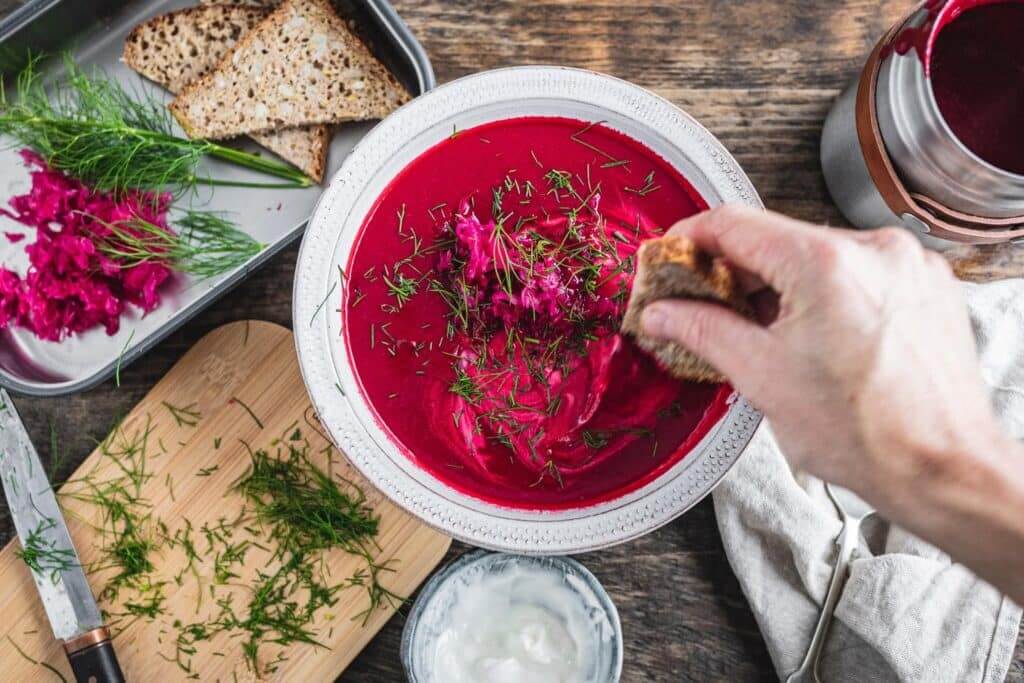
Scandi beetroot soup
Dark spice, sour lactic notes from the cabbage and yogurt, fresh dill… These are all very Norse notes to play alongside beetroot. Served this way, it is also reminiscent of an Eastern European borscht. Find the recipe here.
Chargrilled radicchio with squash
A beautiful balance of bittersweet griddled radicchio, sweet roasted squash and salty cheese. Find the recipe here.
Red Cabbage, beetroot and apple sauerkraut
The beetroot in this sauerkraut adds vibrant purple colour and earthy flavour, paired some apples for a little sweetness. The spicing has a Scandi feel, with echoes of the festive season ahead. Find the recipe here.

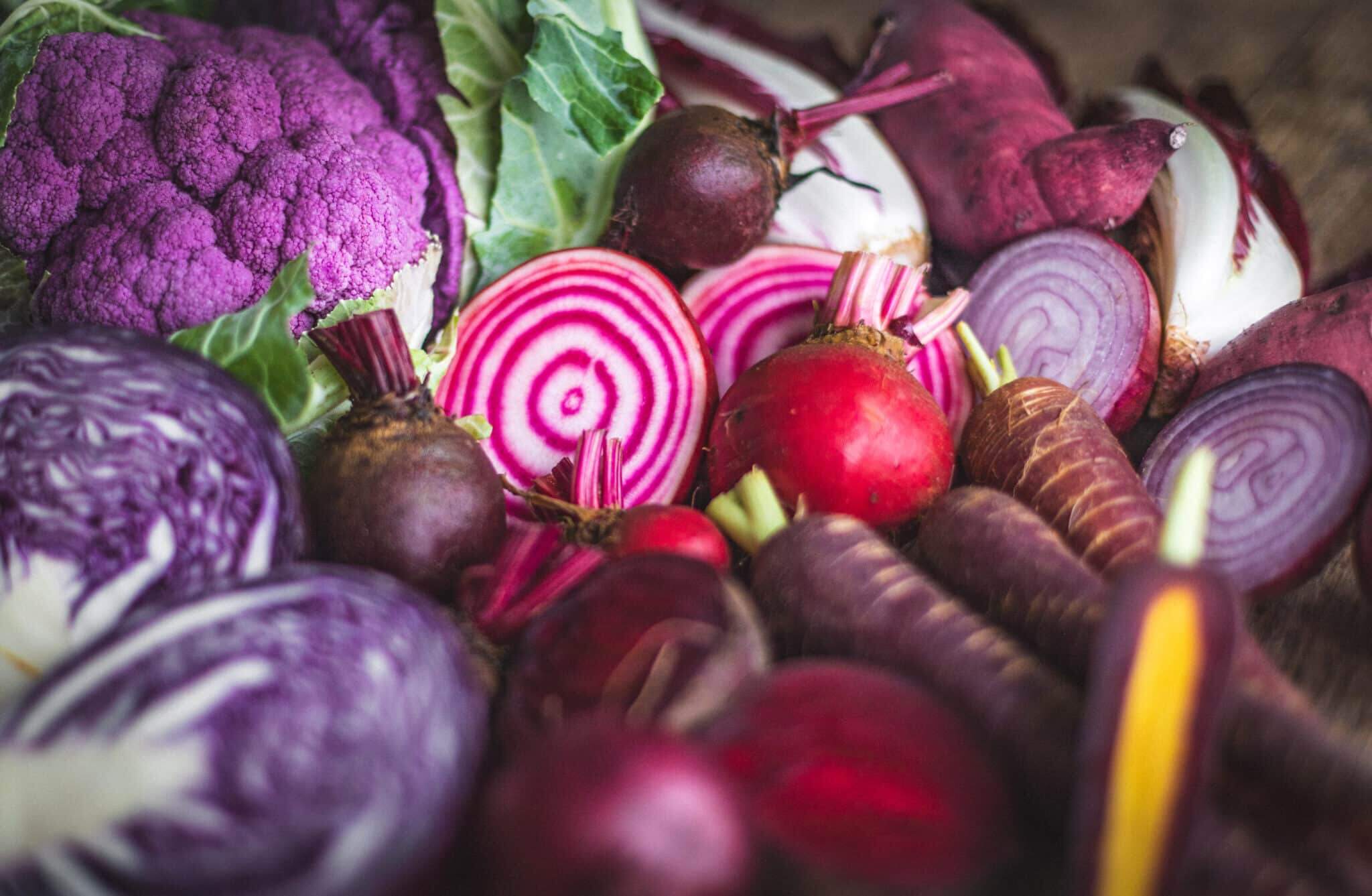
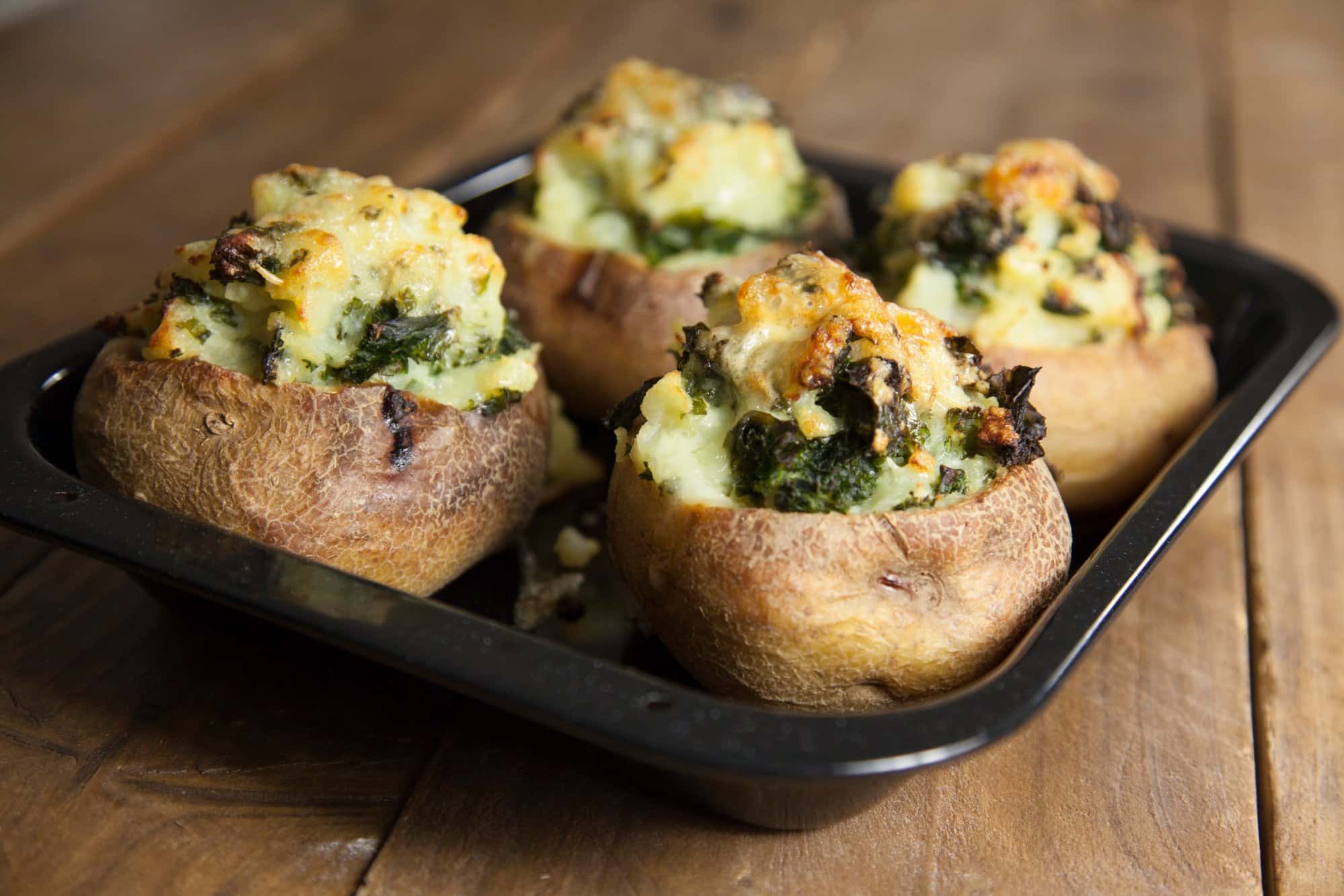
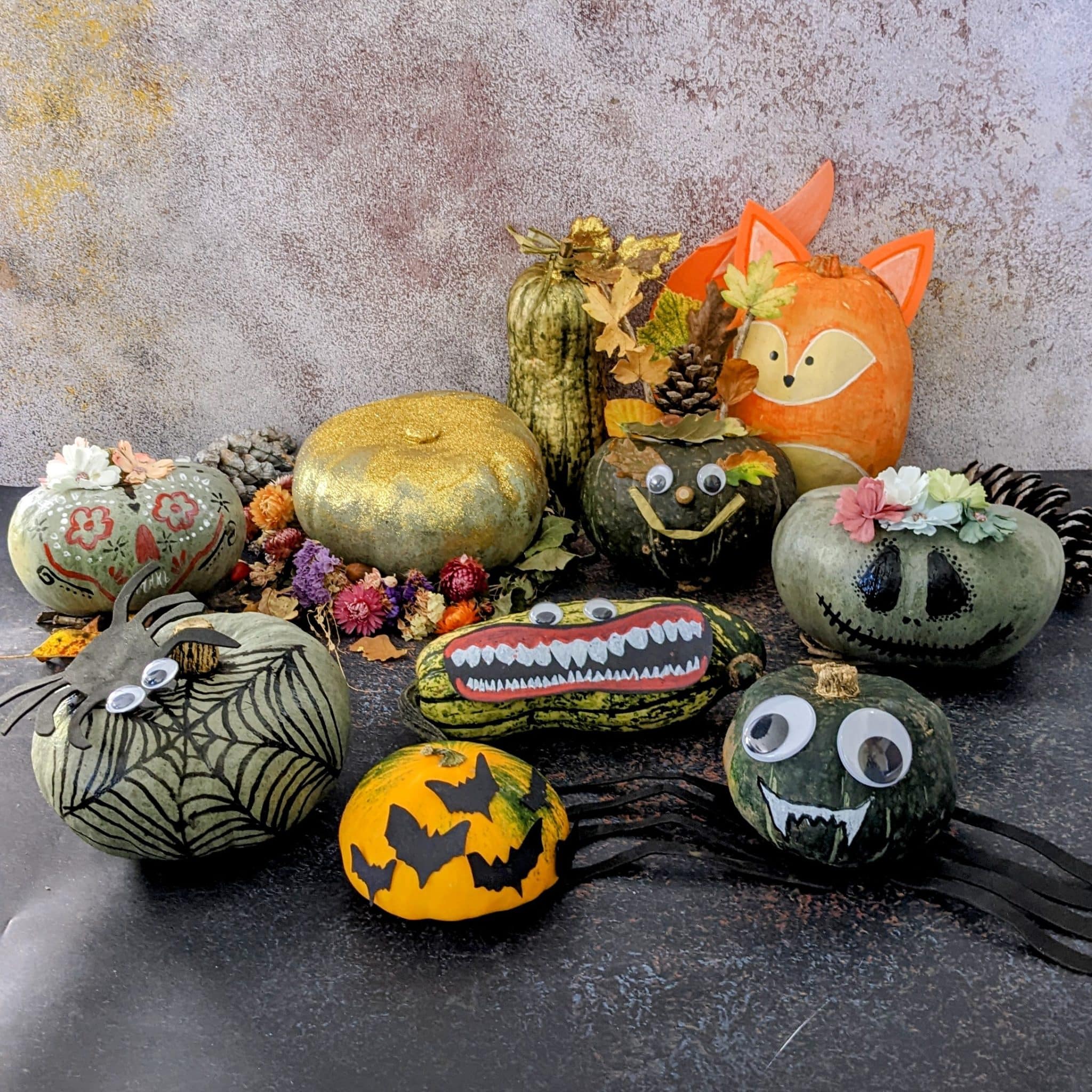
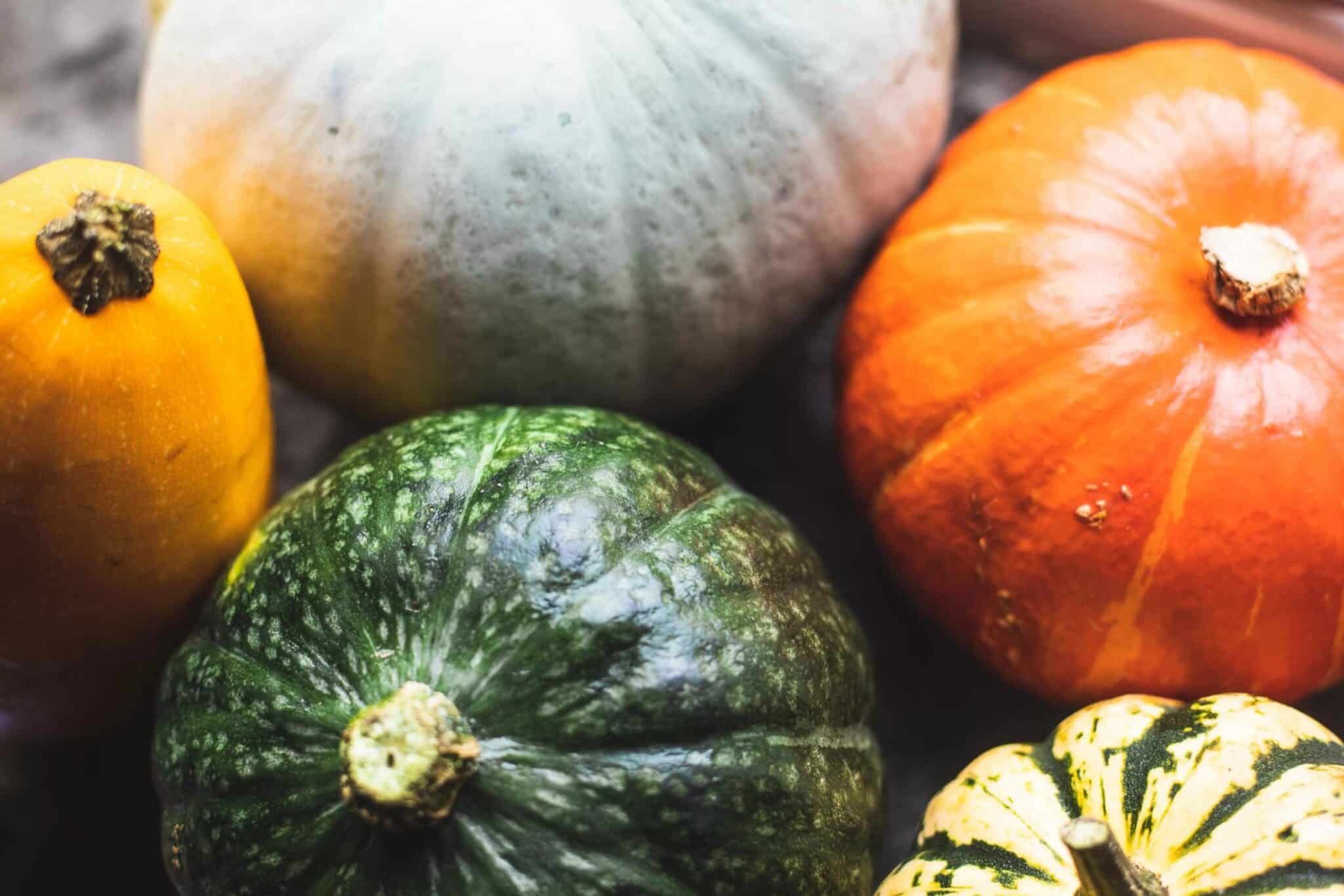










0 Comments